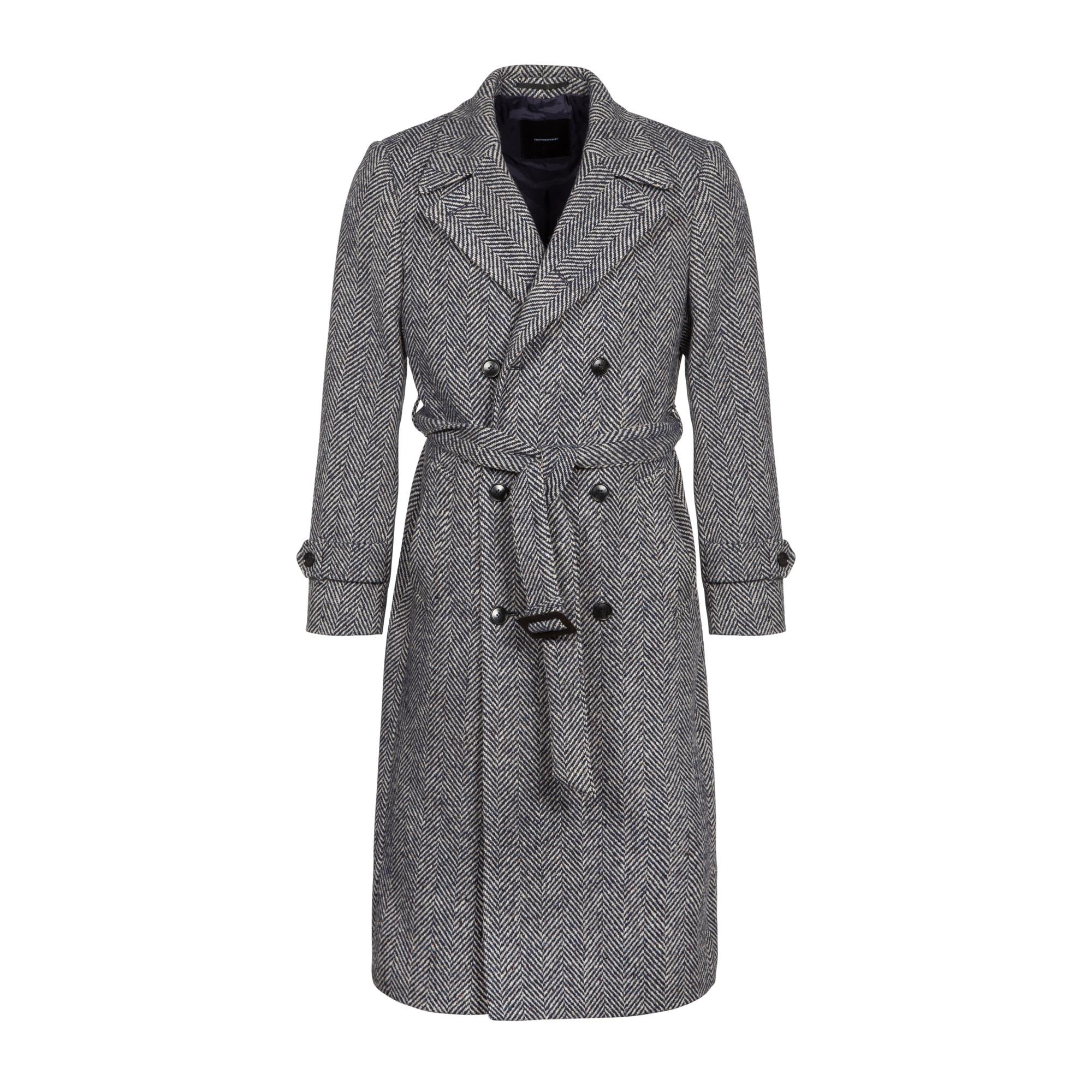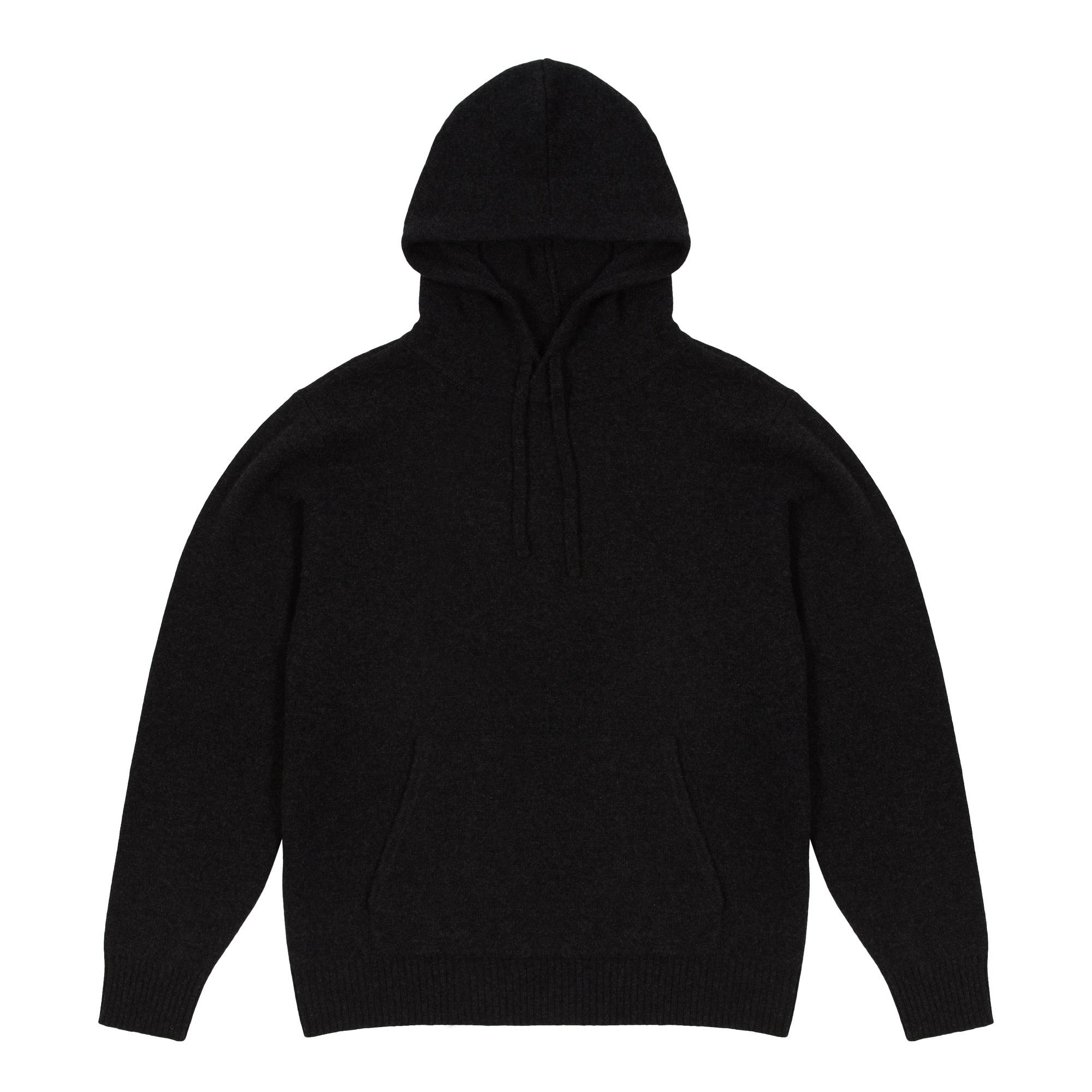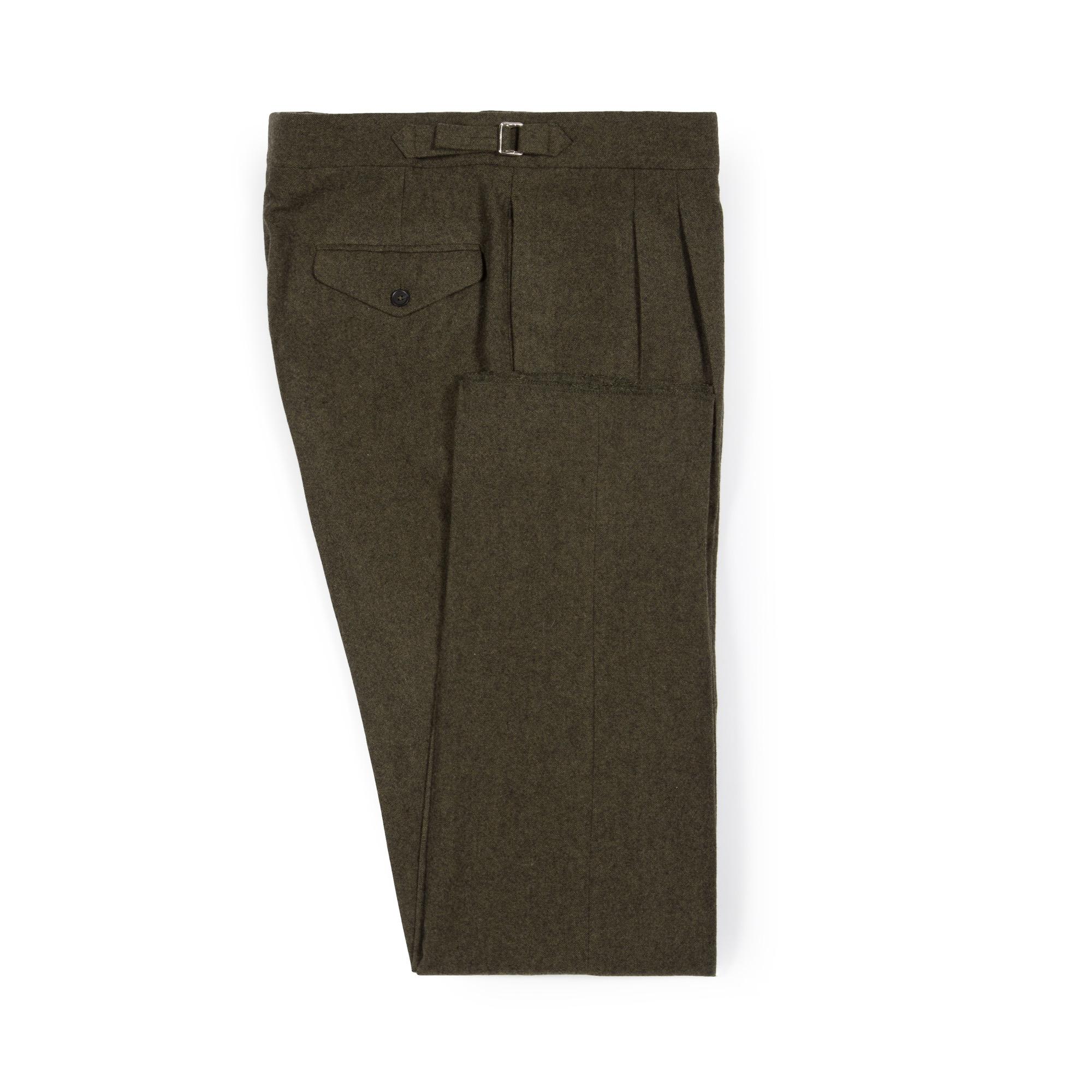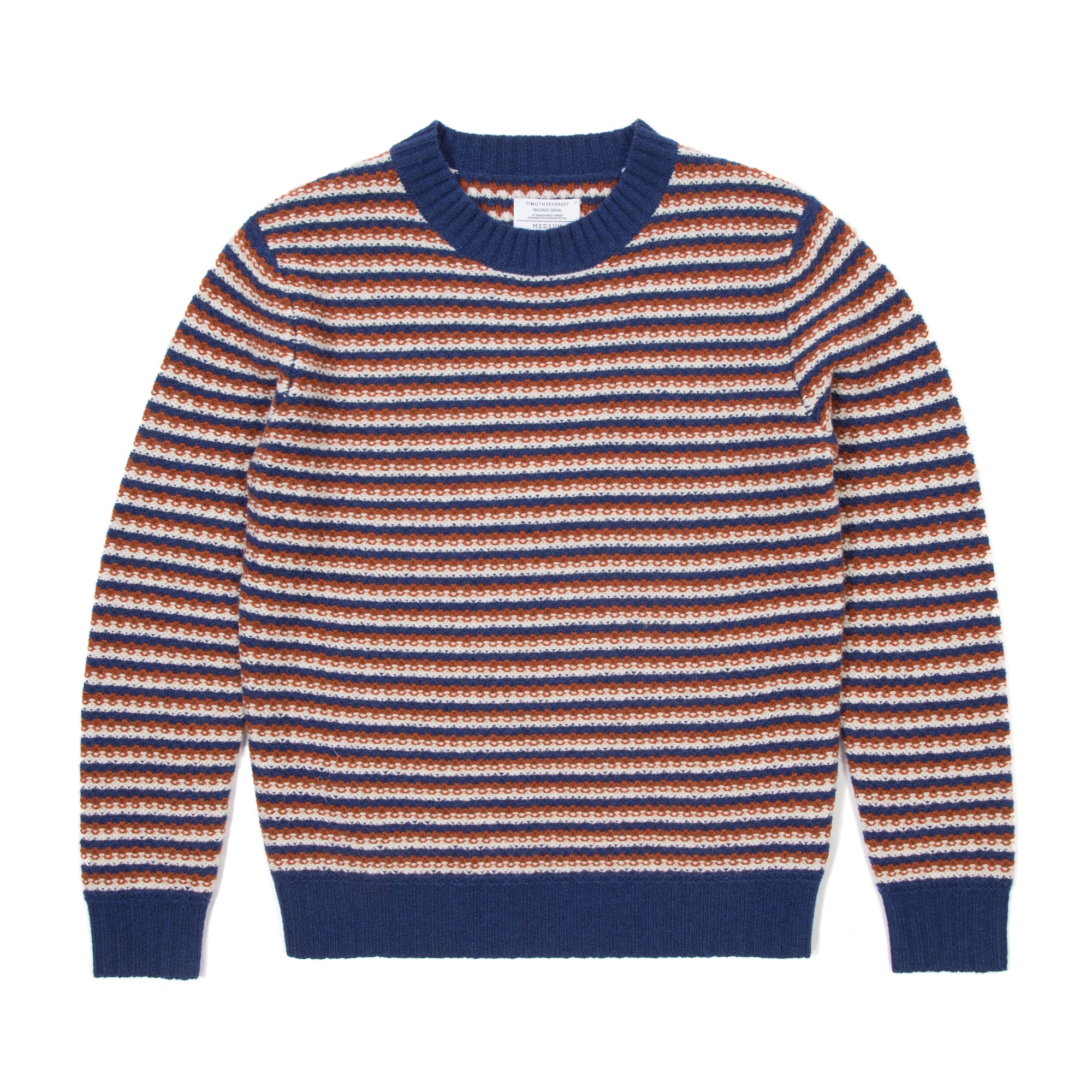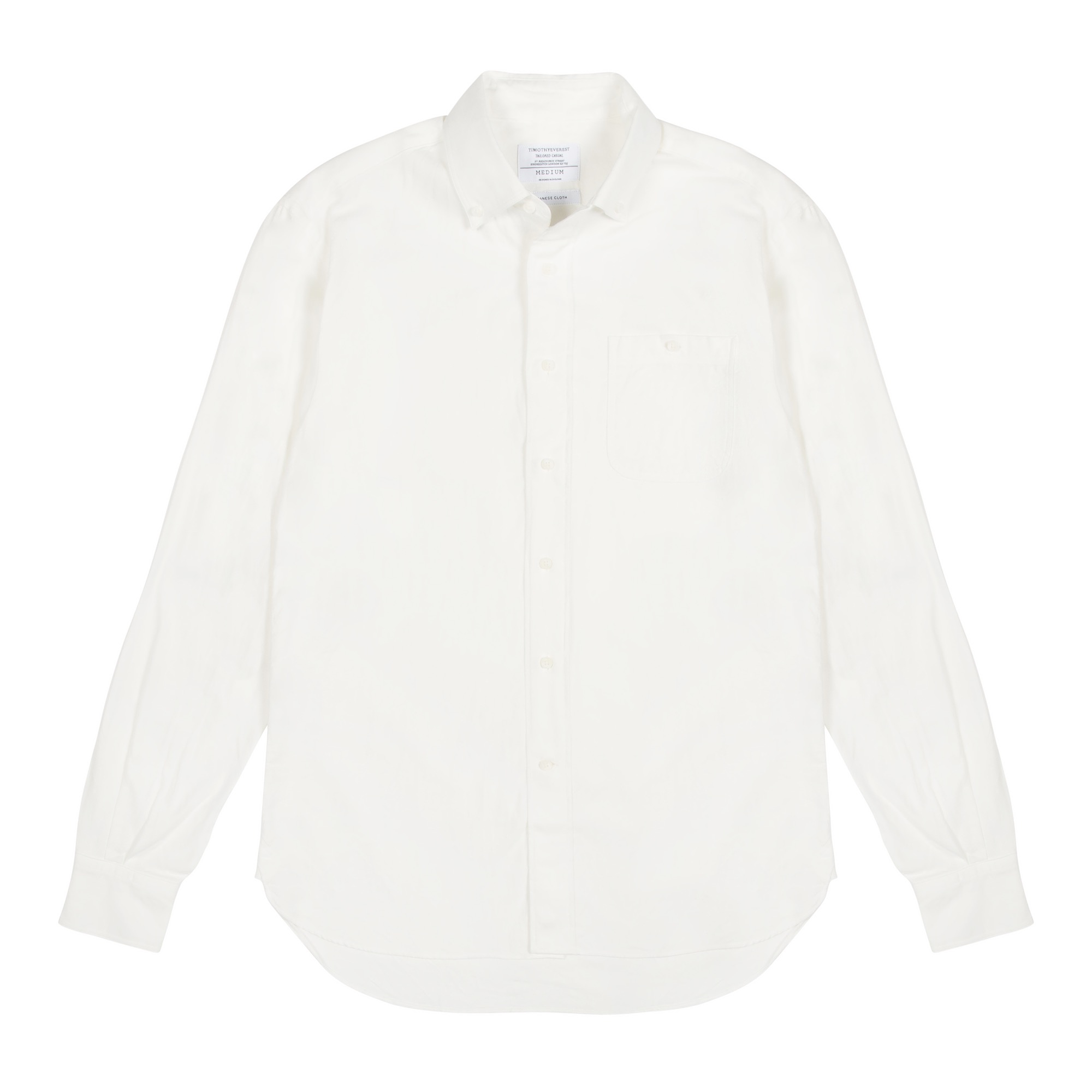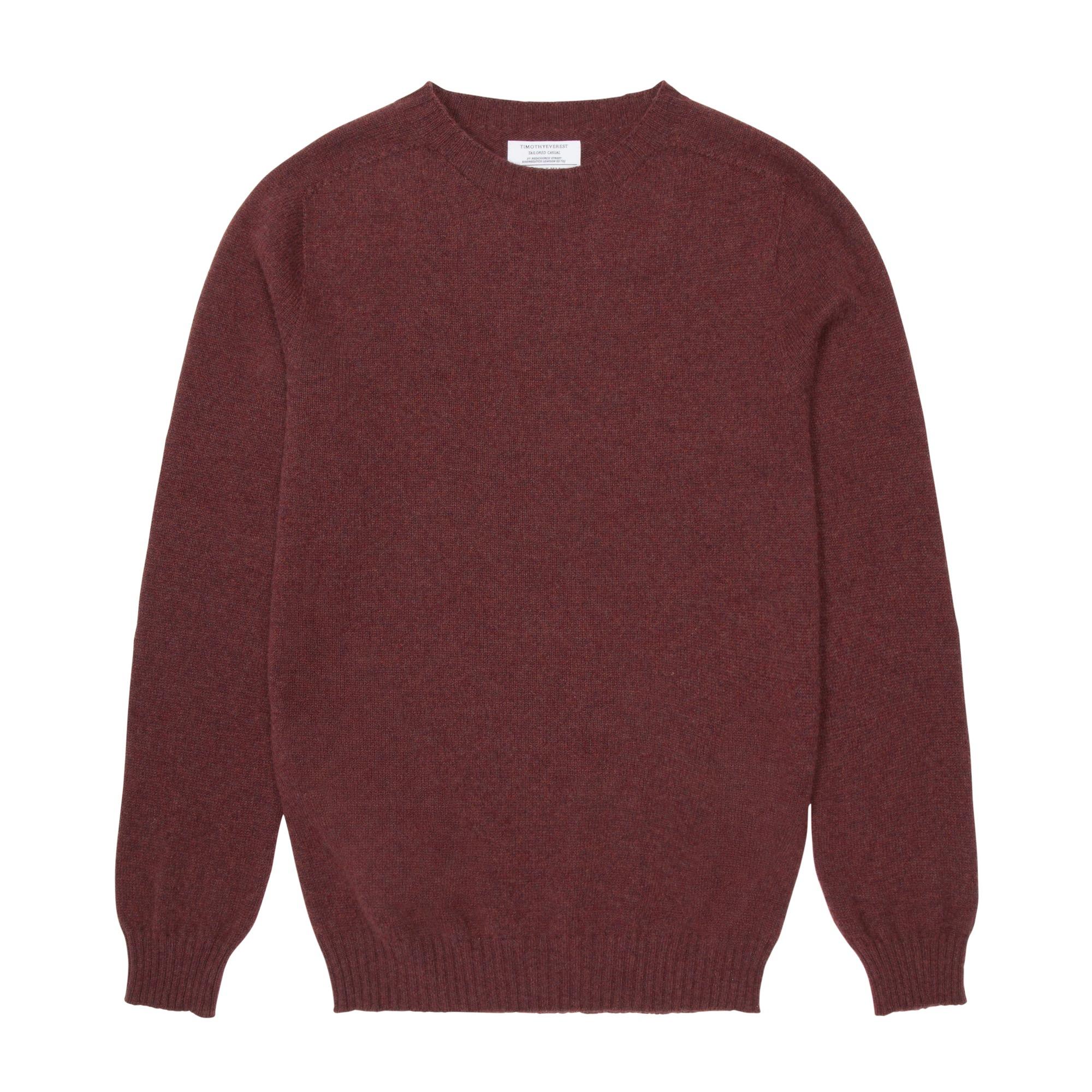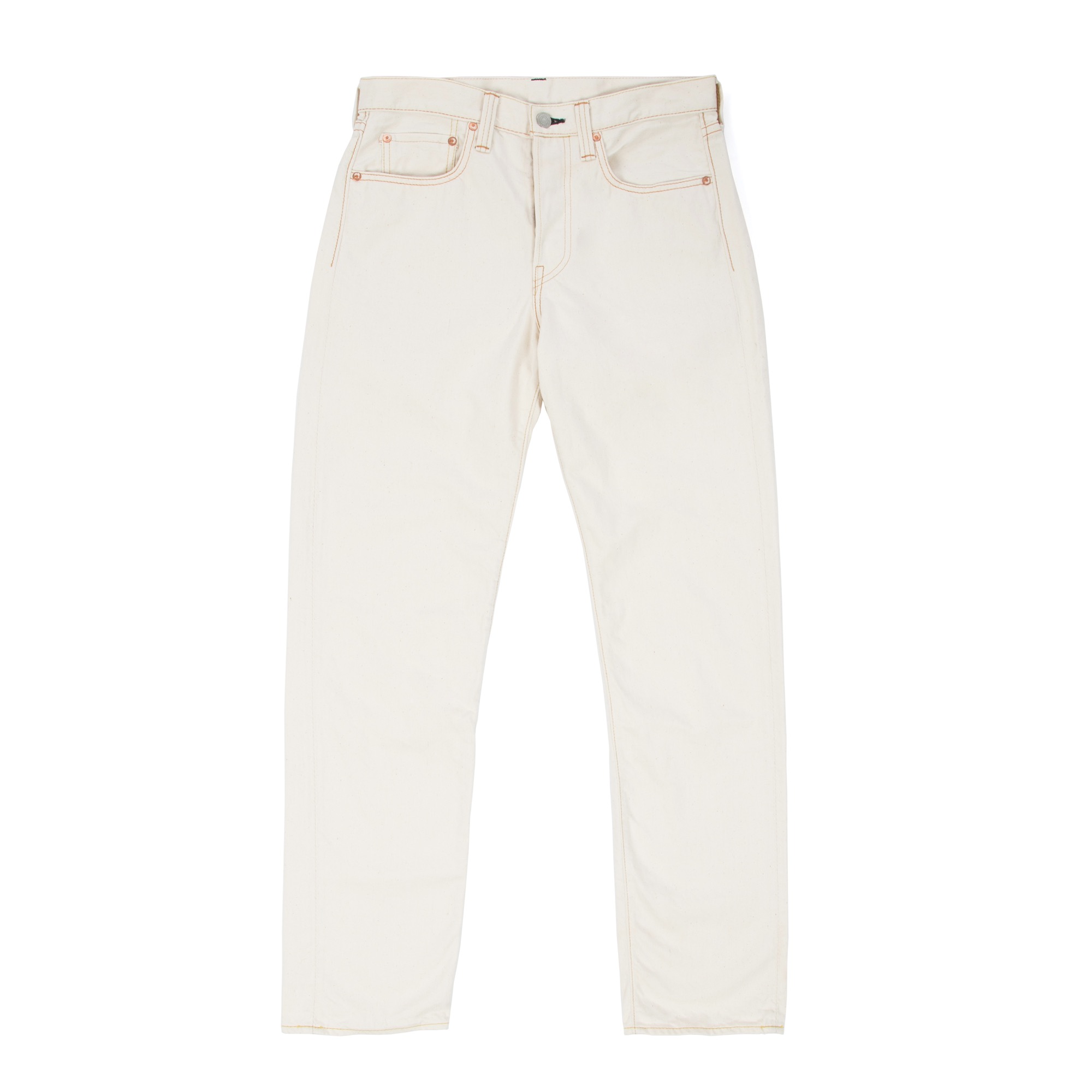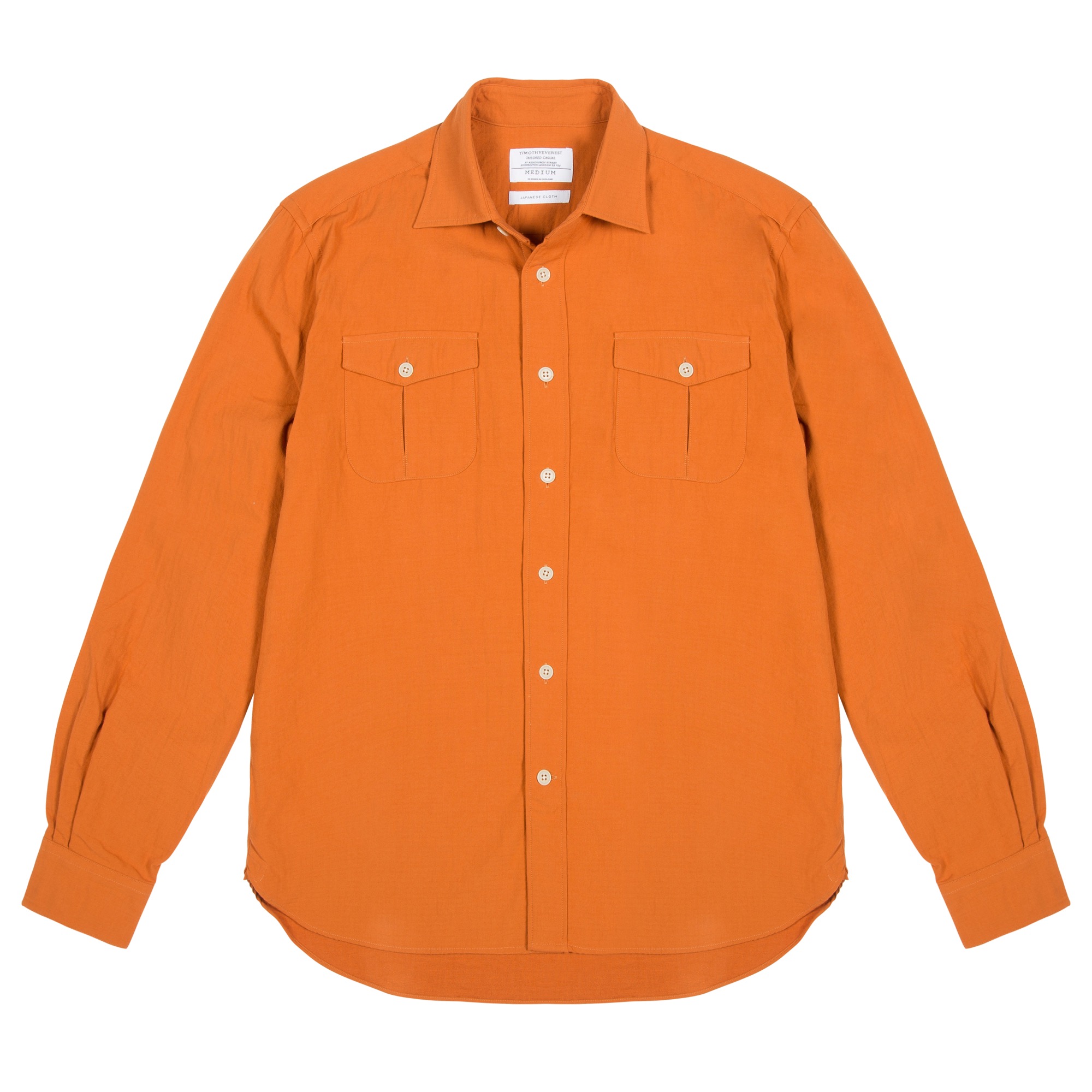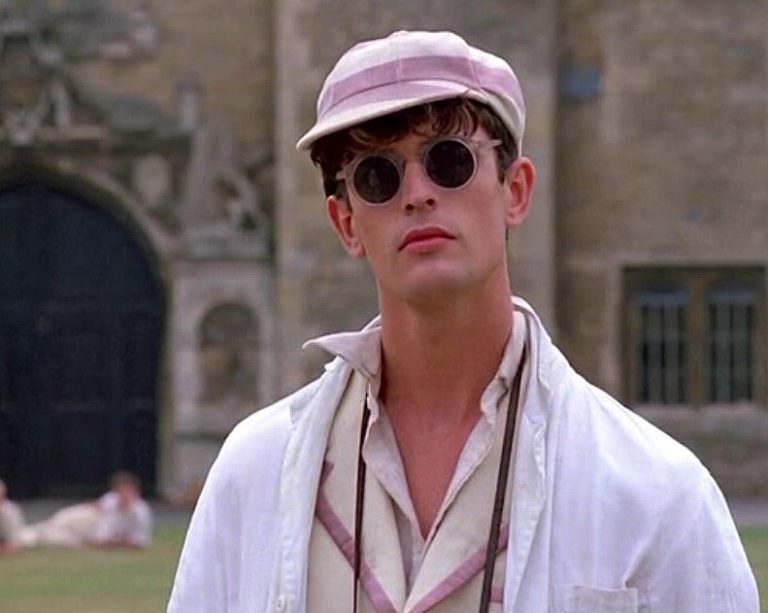
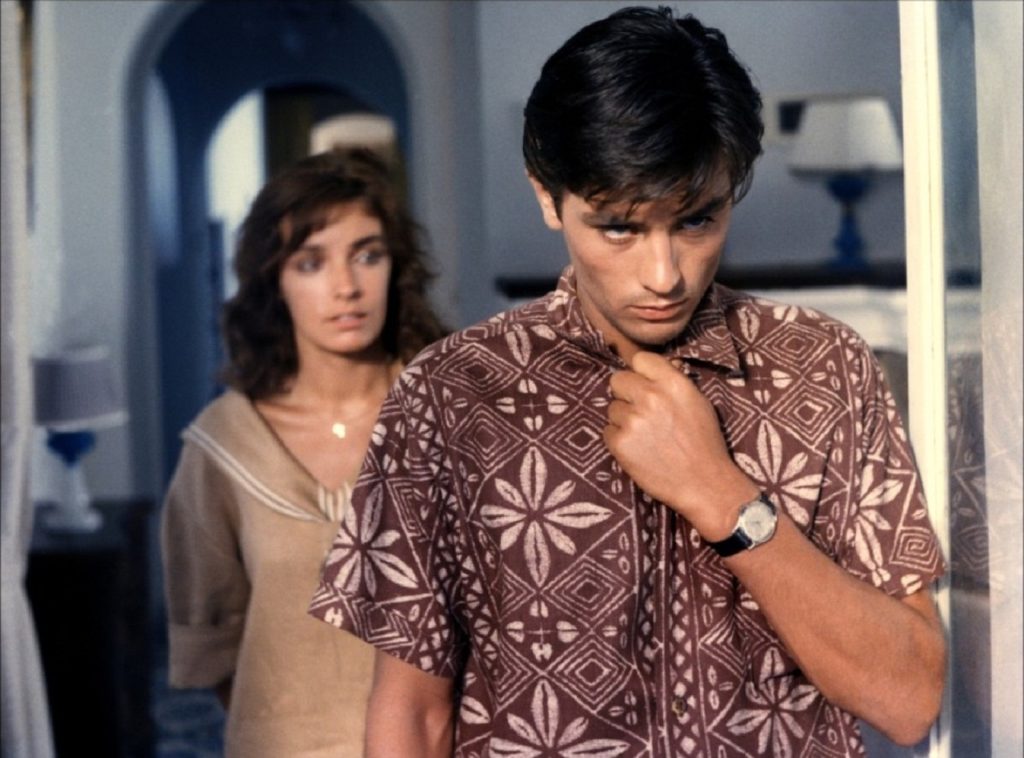
The Odyssey of the Ripliad:
Tom Ripley on film
Five different leading men have tried their hand as Ripley, each of them displaying a different facet of his form and each laden with the baggage of the conventions and mores of their day. We thought we’d have a look at how each one measured up to the task.
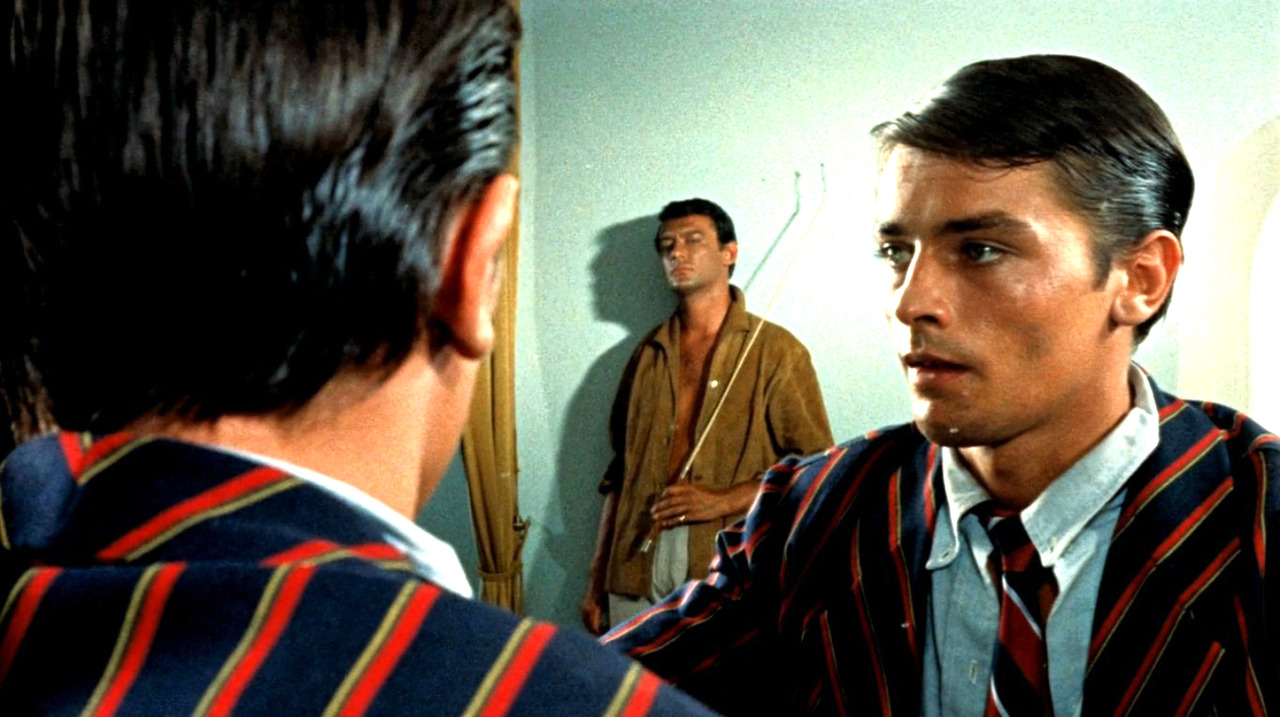
PLEIN SOLEIL (AKA PURPLE NOON) (1960)
René Clément’s masterpiece made a star out of lead Alain Delon. Already well on his way with matinee idol looks, the cold narcissism he brought to his Ripley served as a chilling counterpoint to his pretty boy reputation. French crime cinema always had a tradition of grime and grit, but the sun baked Mediterranean setting and a la mode Roman wardrobe brought an elegance to the malfeasance. Highsmith felt Delon was excellent in the role, despite Clément playing fast and loose with the book’s plot, especially the botched ending. “A terrible concession to so-called public morality”, Highsmith herself claimed acidly.
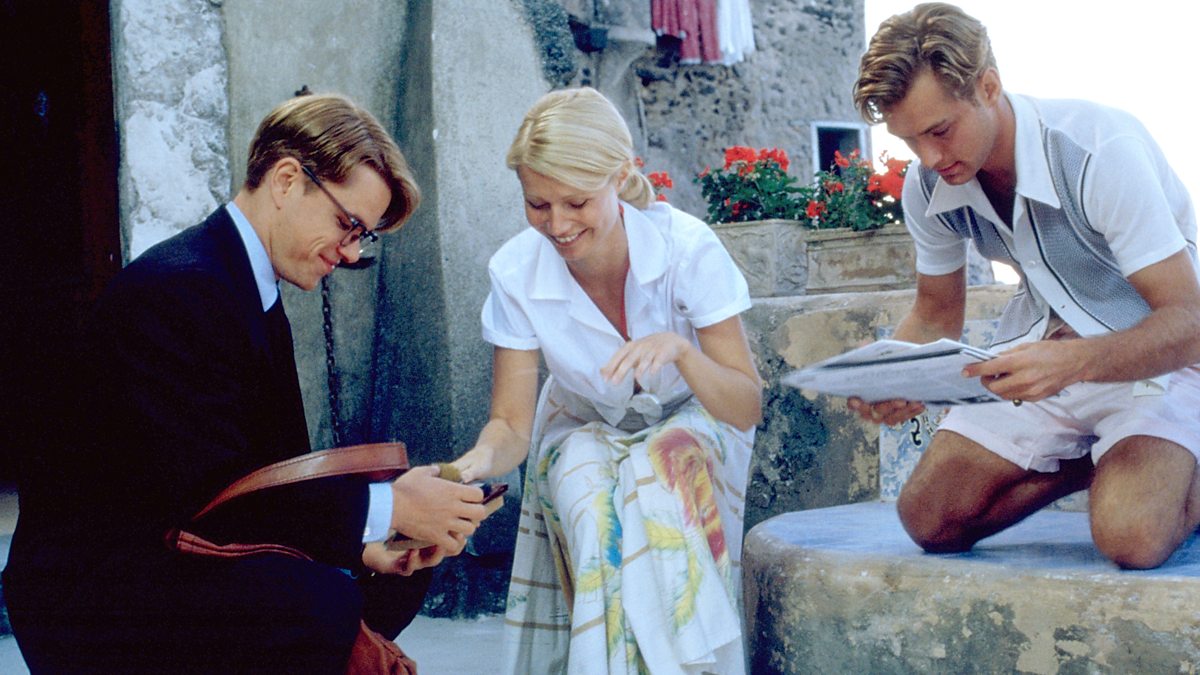
THE TALENTED MR. RIPLEY (1999)
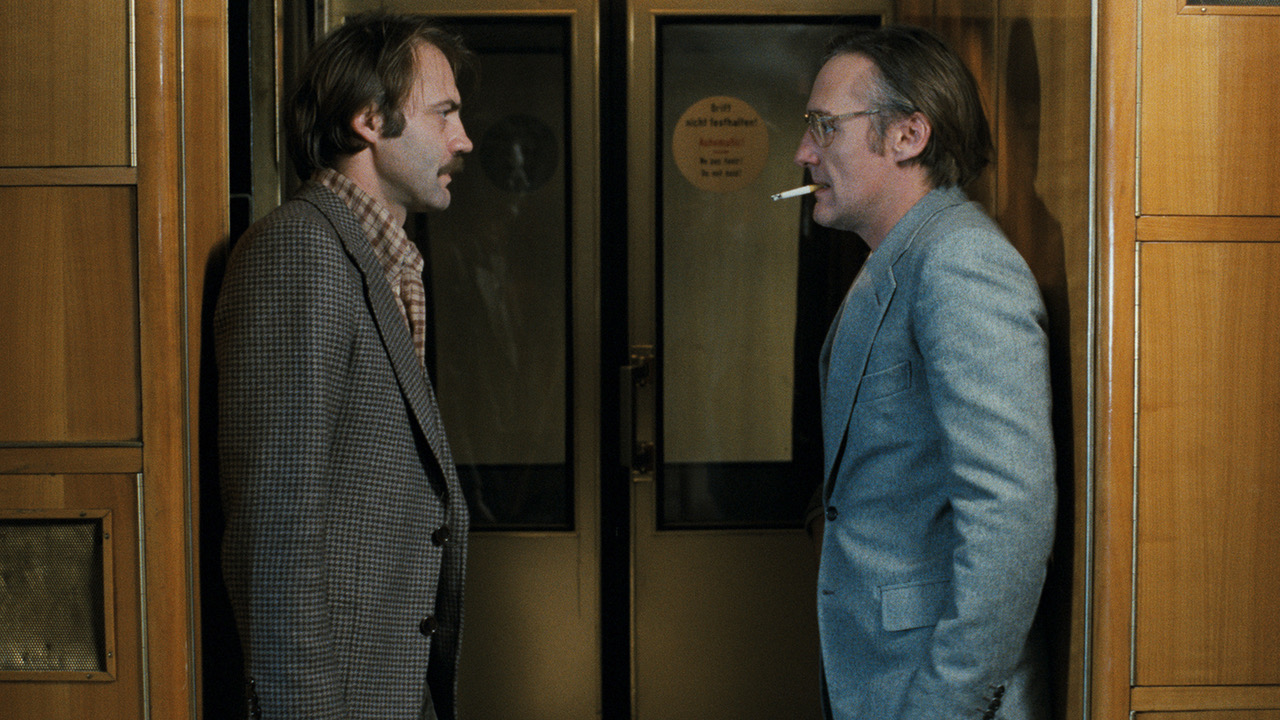
THE AMERICAN FRIEND (1977)
Wim Wenders originally had John Cassavetes in mind for his neo-noir take on the then unpublished manuscript of 1974’s Ripley’s Game. Second choice Dennis Hopper was hugely inspirational on the final product, giving the movie its release title and the naturalistic, enigmatic mood of the piece. It was his choice to stay emotionally distant and downplay the inherent evil of Ripley, becoming as Wenders puts it “A man like no one else.” An older Ripley fits right into the 70s timeframe, his new role as wealthy art aficionado beautifully echoed in his wardrobe of loud tweeds and band collared shirts.
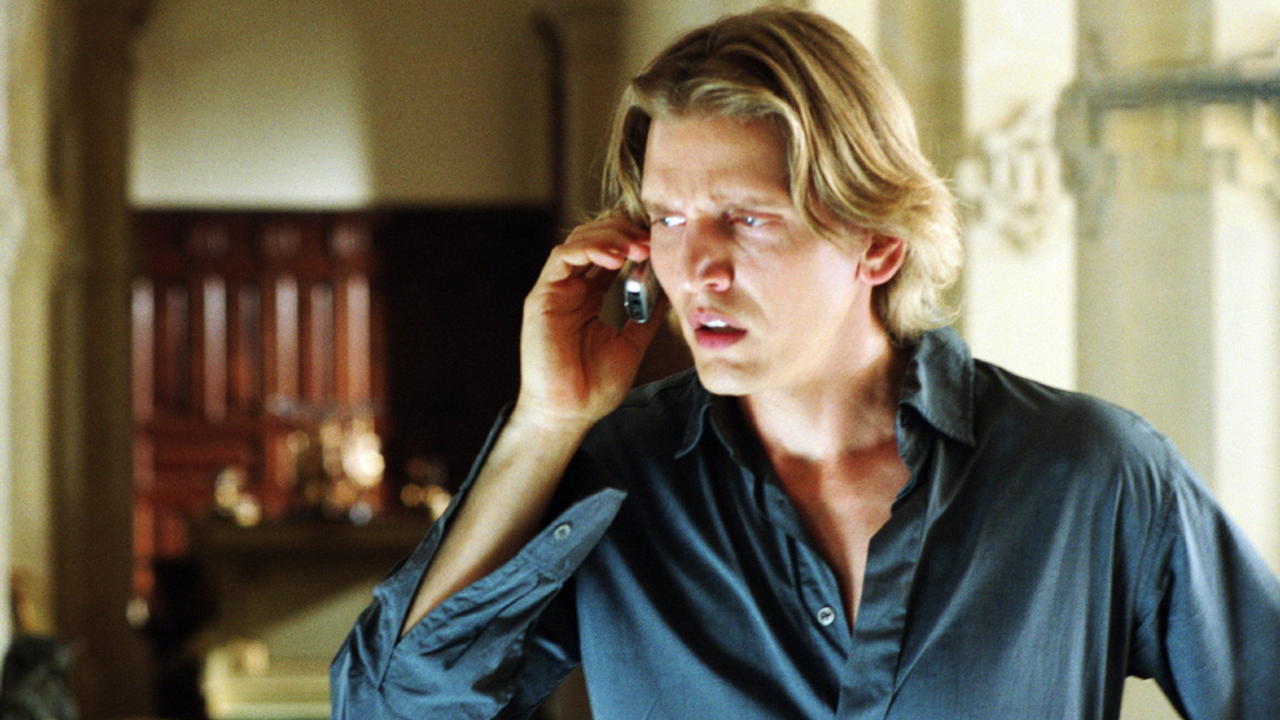
RIPLEY UNDERGROUND (2005)
The most current Ripley appearance leans back to the second novel, finding our man caught up in art forgery, but turning the cold, calculating, fast thinking scoundrel into a caricature of Brett Easton Ellis’ style proportion in the unskilled hands of actor Barry Pepper. A lamentable quasi-satire on the art world limps over the line with little of the author’s trademark sang froid.
RELATED EDITORIAL


